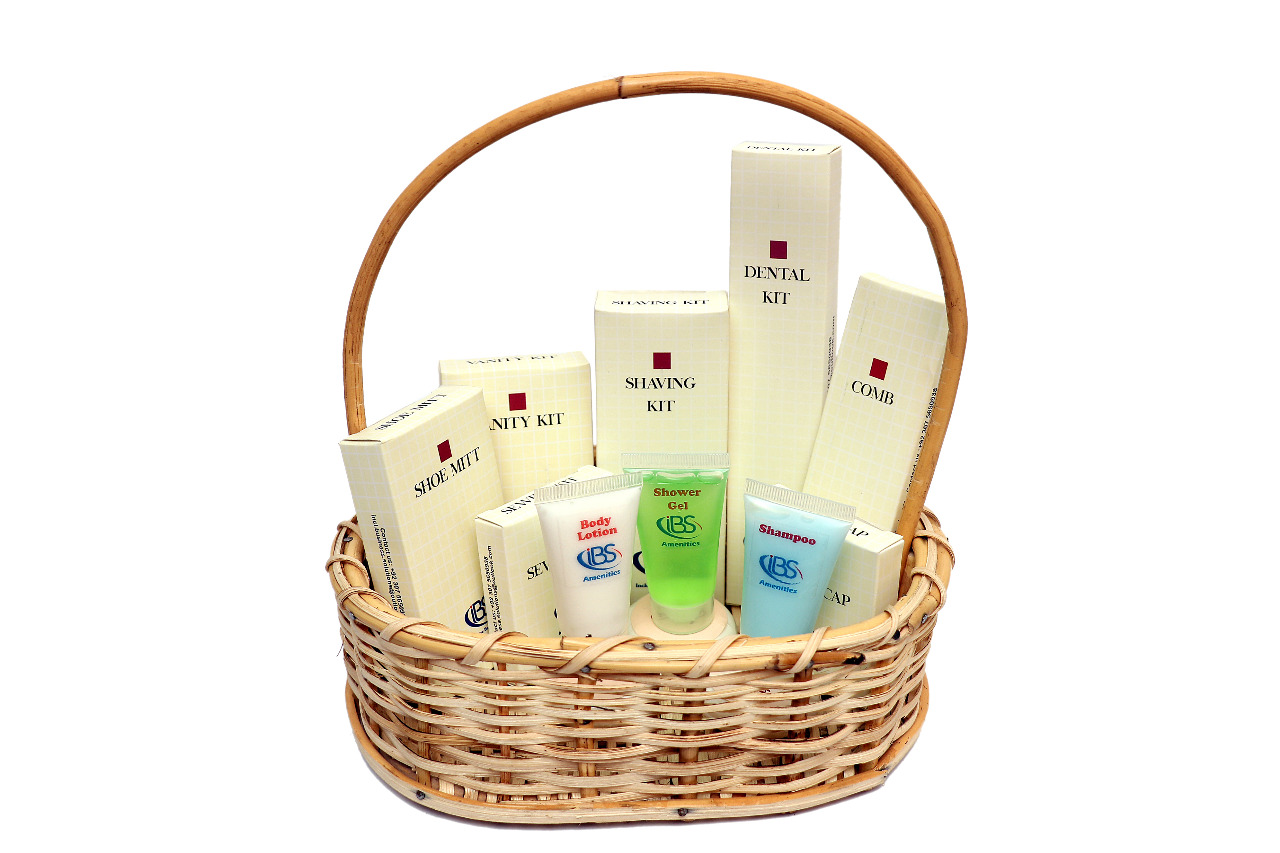Bollard Maintenance
- Cover fixings:
- Fixing bolts must be removed and threading in casing cleaned, then greased with copper paste or similar.
- Anti-friction plastic ring:
- The anti-friction plastic ring is a wearing part which is intended to reduce friction between the bollard and the cover. It should be replaced if the bollard has been violently impacted or did not working properly.
- Sliding rails:
- The sliding rails will be cleansed from grease and various deposits if necessary with compressed air before being sprayed with lubricant or copper paste and assure that its works properly.
- Cylinder / Jack:
- The cylinder rod is fixed on the hydraulic tie-rod. The base of the tie-rod is firmly attached to the carriage and the bollard head. The cylinder foot stands on the crosspiece. We are ensuring that the cylinder clevis is correctly positioned between both lugs on the crosspiece at the bottom.
- Limit switches:
- The bollard is equipped with two limit switches (lower and upper). Check that each limit switch sensor is properly mounted and positioned. It should never be in contact with the magnet. Check that magnet ensures good detection when bollard head is up or down. In case of a malfunction, check connections on the connection rack in the management system, connections of the bollard and if the problem is not solved, replace sensor with approval of the customer.
- Air distribution:
- Ensure that the airflow regulator is properly adjusted and that it lets the air flow in without obstruction. Control fixing screws and how tight the lock-nut is adjusted.
- Drainage efficiency:
- The drain must be capable of absorbing 20 liter of water in 5 minutes. Put cover on side and check that there is no sand, soil or any other item so, remove whatever fell in. Pour 20 liter of water in the casing and make sure water evacuates perfectly.

NEED TO CONSULT WITH US

